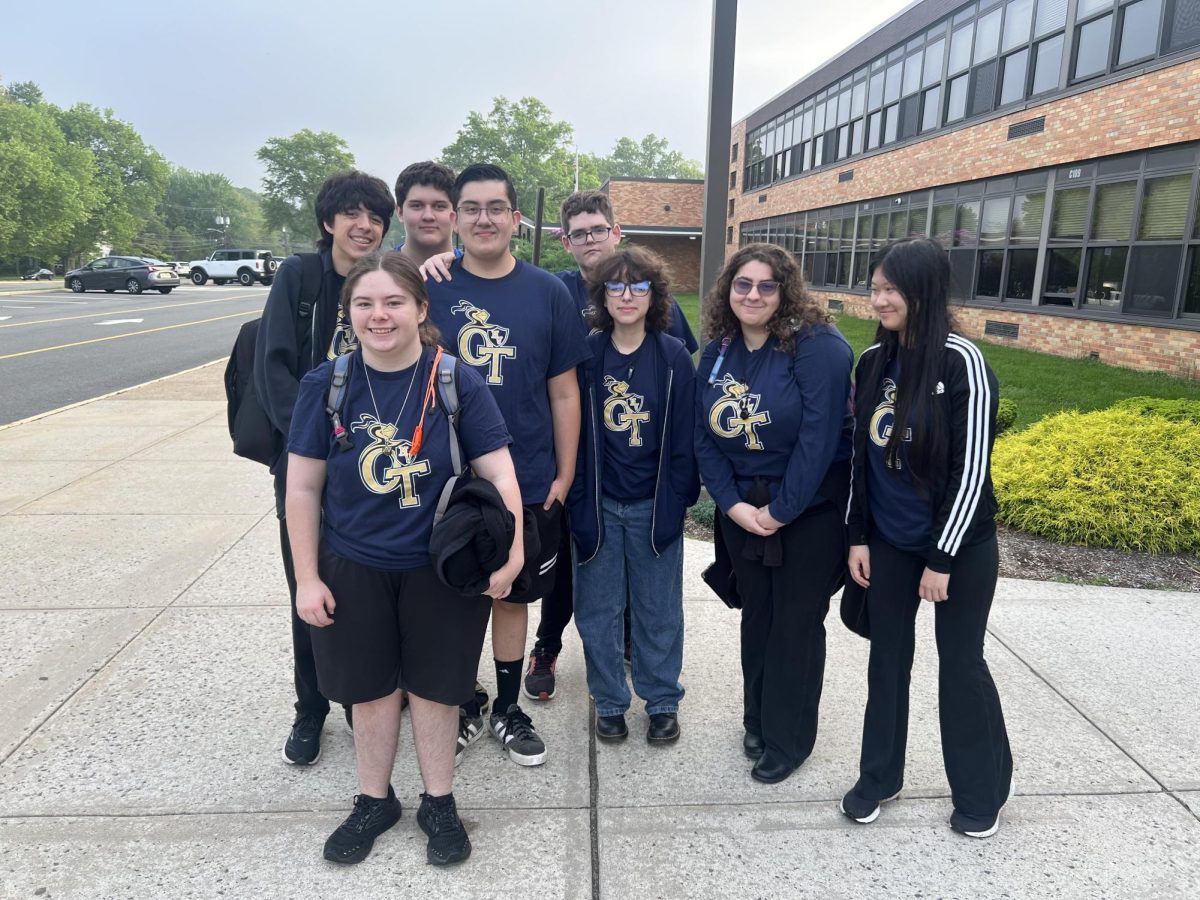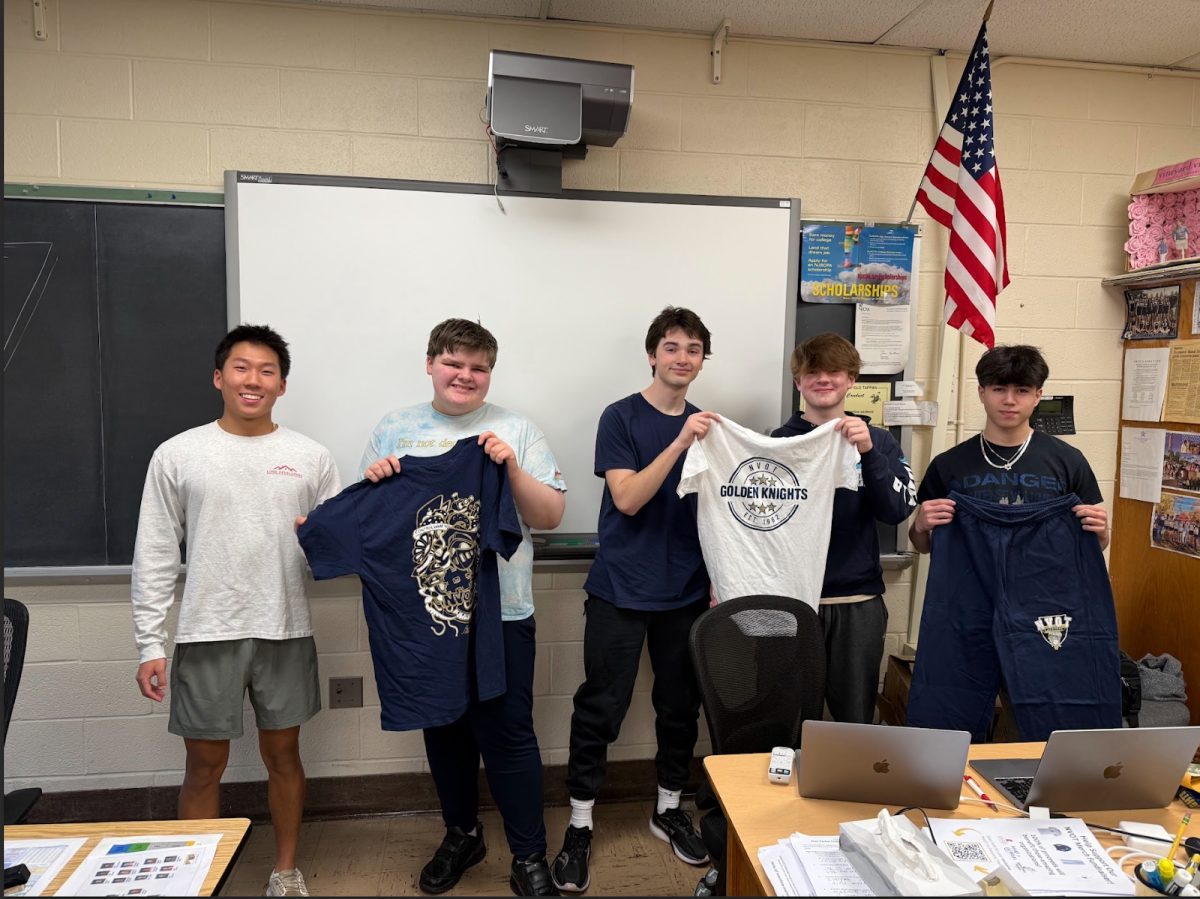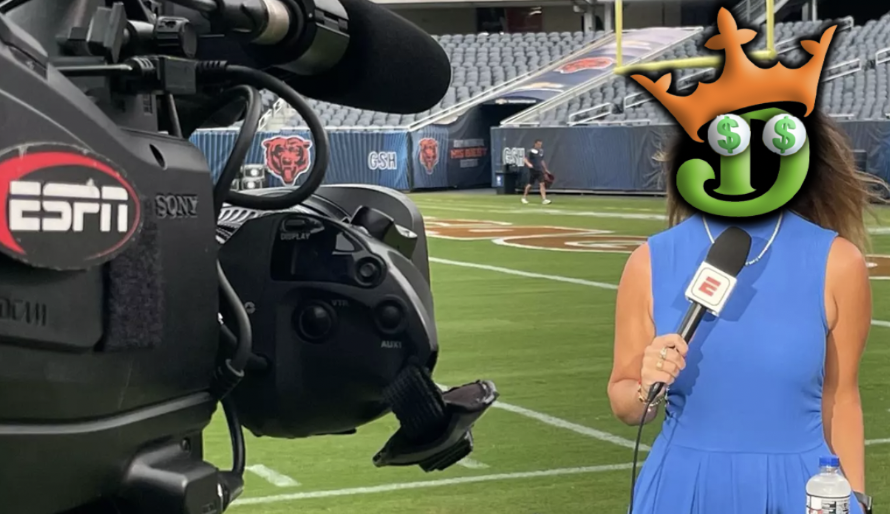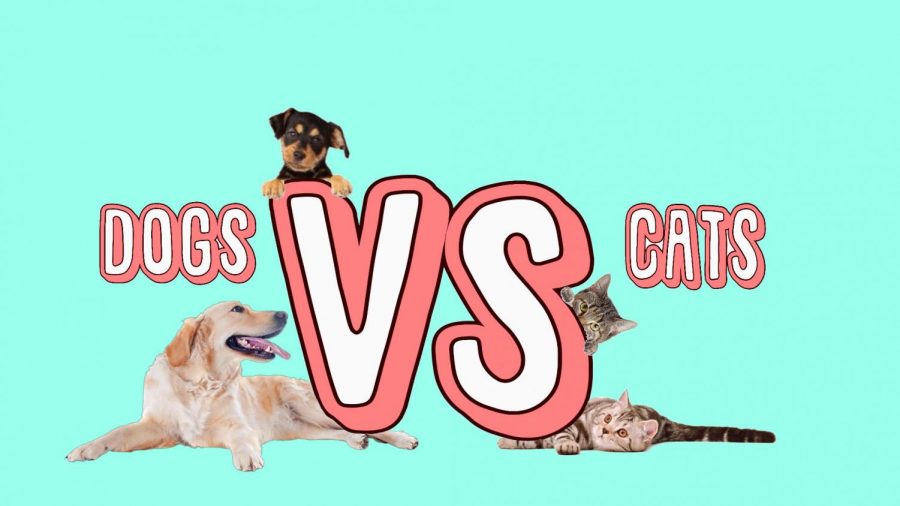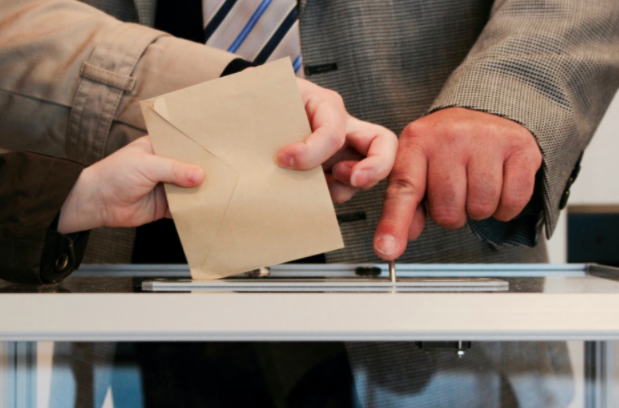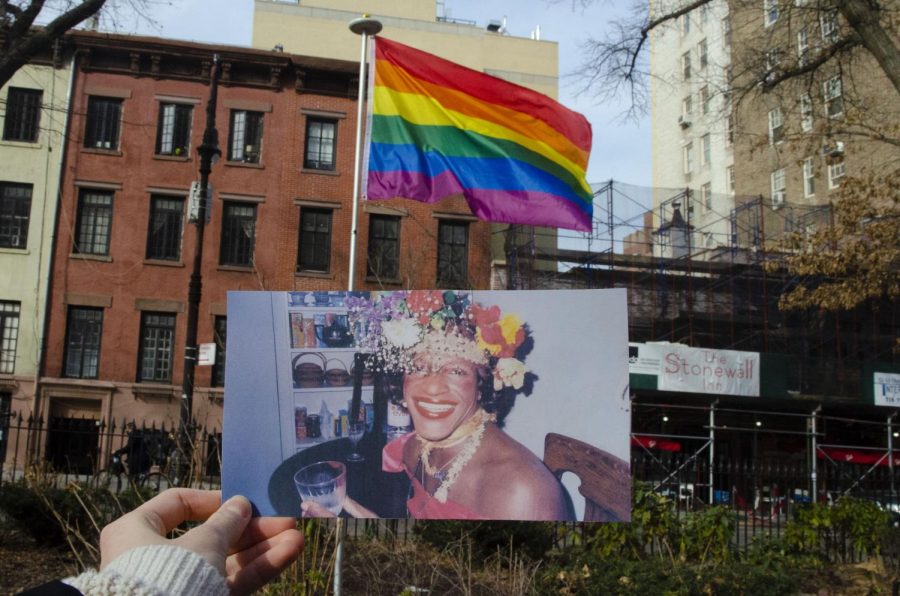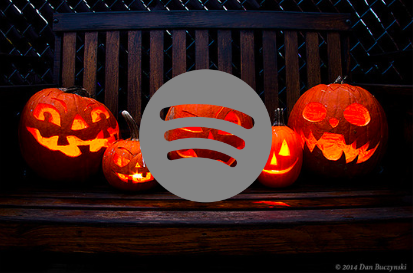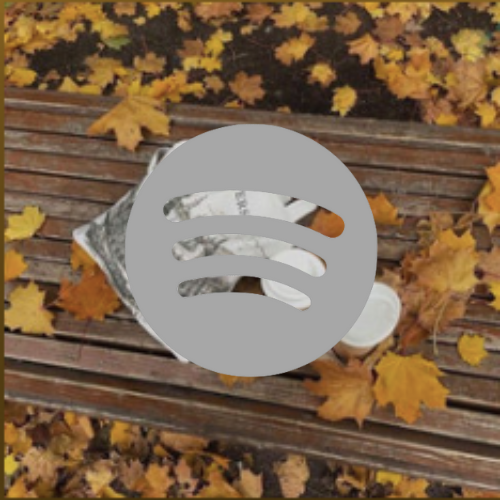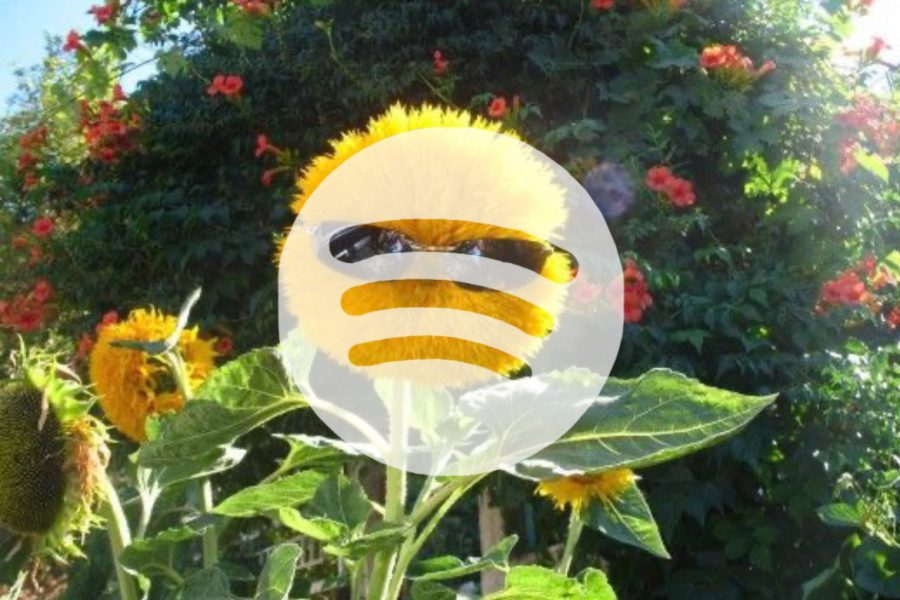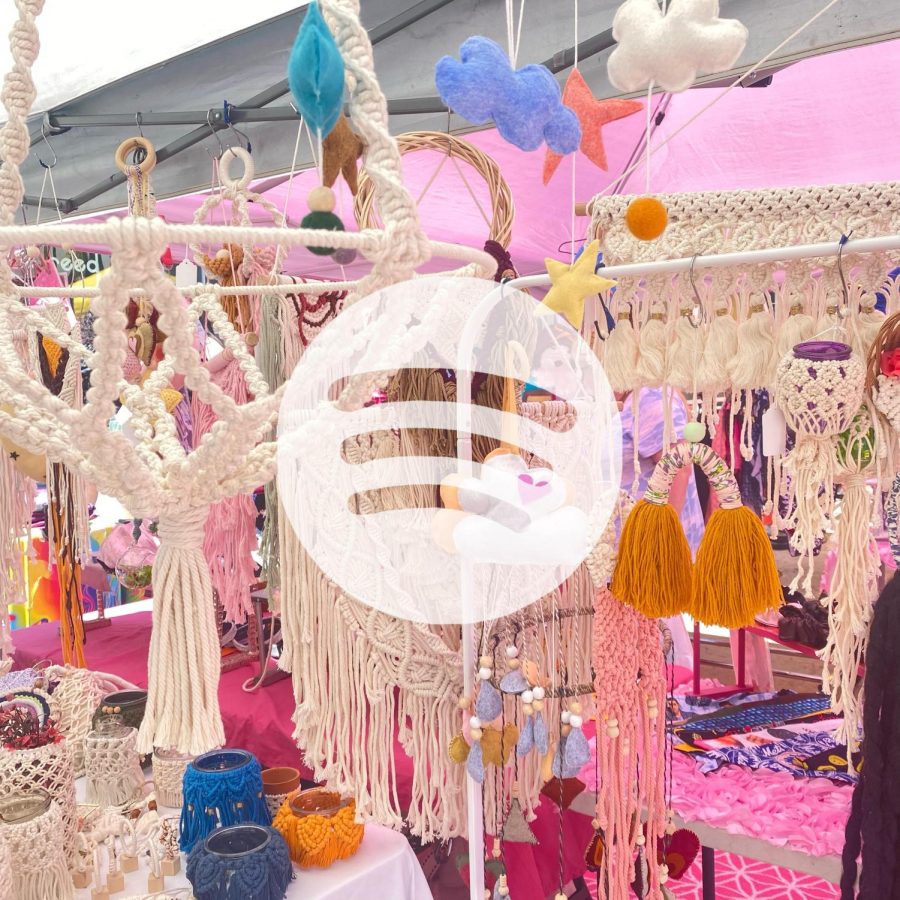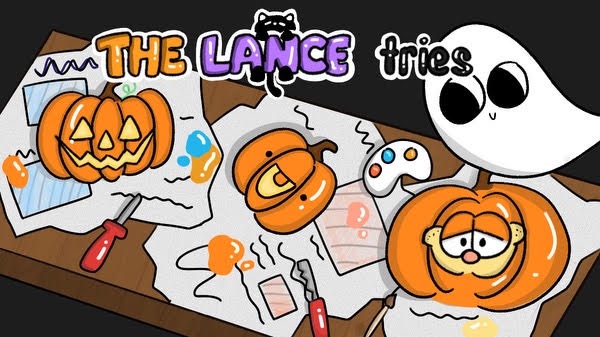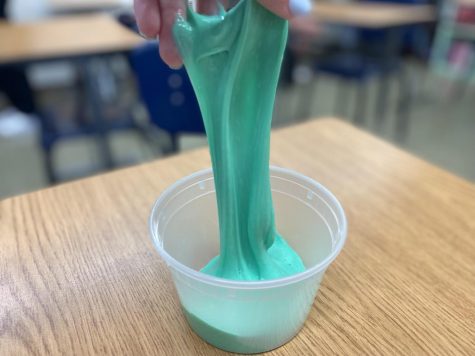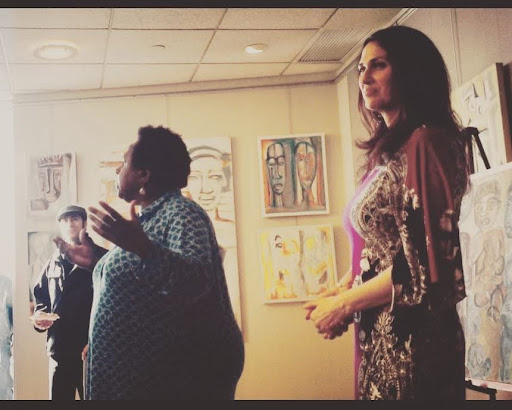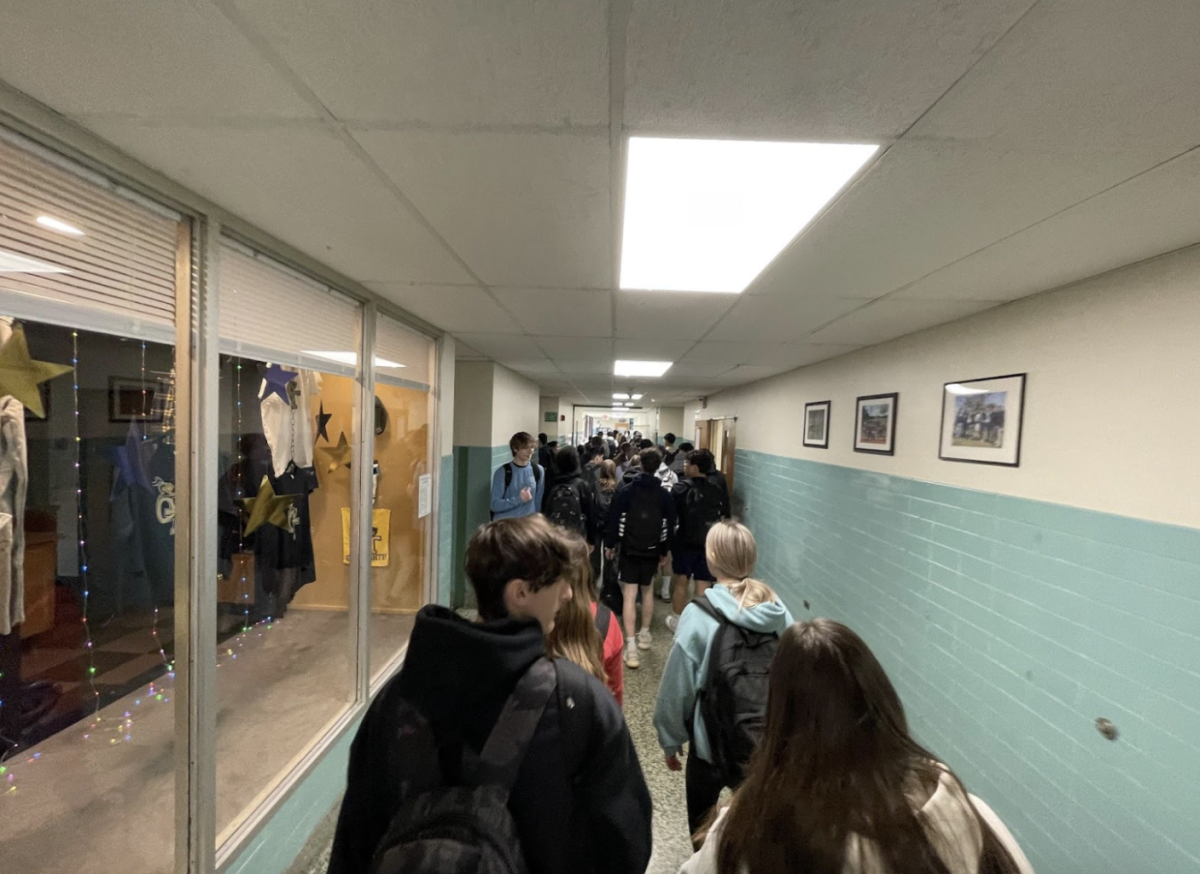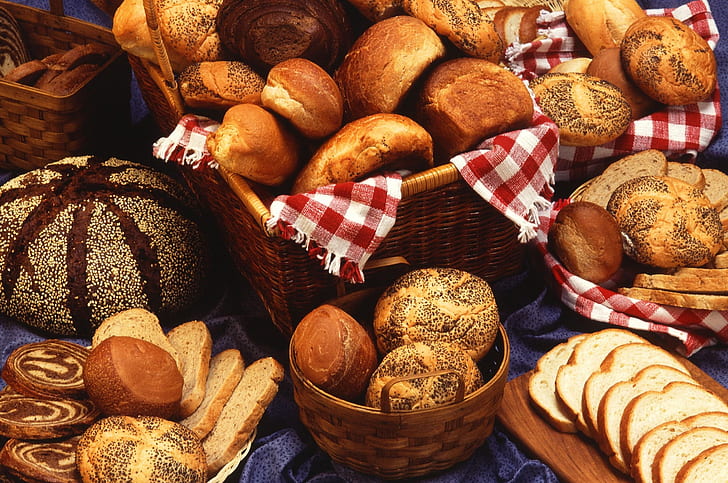We’re not going to sugarcoat it for you, folks: Valentine’s Day is all about money. Cold, hard cash. Corporations don’t want to make a good Valentine’s Day for you, they want to make a profitable Valentine’s Day for themselves.
Interested? Read on. This information may shock you.
Hallmark:
Some people say that Valentine’s Day wasn’t invented by Hallmark to express love itself to turn major profits. Isn’t it a bit suspicious that their cards are the top selling item on Valentine’s day, second only to candy?
The weeks before Valentine’s Day coincide with increased numbers of enticing ads, cheesy Valentine’s Day movies (which have a few of their cards in them, to say the least), and excess cards in every convenience store you walk into.
The result? Around 145 million Hallmark Valentine’s Day cards are sold, making a profit of around 1 billion dollars. In a year, that billion comprises around 20% of their sales. Instead of creating a heartfelt handmade card for loved ones, Hallmark puts out their “luxury” products and entices people into believing that they need that specific product to make the best Valentine’s Day for their people near and dear. It’s strange how a company professing a substantial appreciation for Valentine’s Day, not for money but for love, indulges in that money-making greed.
Conversation Hearts:
While not the best-tasting candy in the world, these candies are a staple of the holiday (or the season). However, we are a bit suspicious about this company’s ties to Valentine’s Day. Unlike Hallmark, they don’t rely on churning out cheesy ads and movies but rather word of mouth. Surprisingly, it worked: they silently made their way into the top 3 candies sold in more than 30 states, and have been selling over 19 million pounds a year alone. While they profess such a love for Valentine’s day, they ultimately make the biggest profit of the year out of it. It is also strange how little they appear in stores and still manage to be popular.
Even more shockingly, Sweethearts, the company that makes Conversation Hearts, went bankrupt due to losses back in 2019 and then was brought back in 2021 by Spangler Candy Company. Even while the swift turnaround is suspicious (it is estimated by economists that it takes 7-10 years to bounce back from bankruptcy), Sweethearts then ran into manufacturing problems (factory machinery broke down, and painters weren’t available to put the quotes on the conversation hearts) which halted production, quickly making them lose out on the 2020 and 2021 year. Nevertheless, they managed to sell over 8 billion of those candies in 2023 alone, raking in record profits. All of this raises the question: How was Sweetheart able to bounce back so rapidly after facing so many various problems? How did they make so much money despite being in the market for roughly 2 years? We think there’s some financial meddling behind the scenes, that’s for sure.
Inflation:
Companies that sell Valentine’s gifts are expected to make a lot of money – up to $26 million in profit. The most popular gifts are flowers ($2.3 billion), candy ($1.8 billion), clothes ($2.1 billion), greeting cards ($933 million), and jewelry ($6.2 billion).
But here’s the catch: the United States is going through a time of high inflation right now. Inflation means that everything costs more – like when your favorite snack at the store gets more expensive. Currently, inflation is at 3.4% (NerdWallet). Normally, when things get pricier, people should spend less. But during holidays like Valentine’s Day, people actually spend more.
Valentine’s Day, and other holidays like it, are supposed to help the economy by getting people to buy more things. But the US has a lot of these holidays, almost one every month. This constant spending might be making inflation worse. Some people think that instead of having so many holidays where businesses lower prices to get us to buy things, we should have fewer holidays. That way, the holidays we do celebrate can be more special, and it might help with the inflation problem too.
So, that’s another side of Valentine’s Day you might not have thought about. Our advice for the next time the holiday rolls around: don’t get sucked into greed. Just give your loved ones an envelope of cash, straight from the heart.

